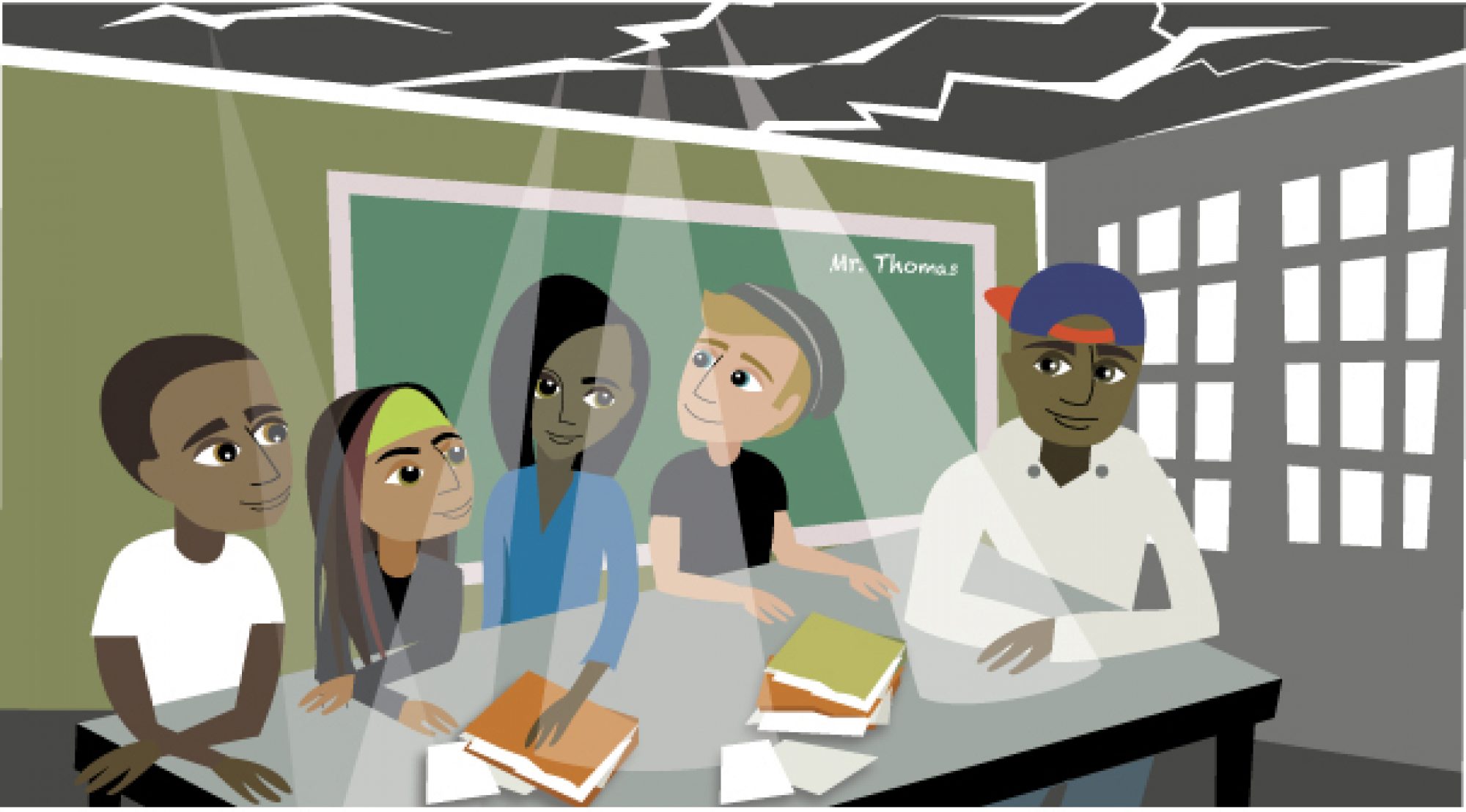Our principal shared with all of us a news article that didn’t make the day’s morning editions. We collectively knew the content, but not the student. Another former student was killed by gun violence. He still hadn’t reached the age where he could legally purchase a beer.
While I disdain slogans such as it takes a village, the underlying message is worth considering.
As I wrote earlier, I’ve now lost count of the number of students from our small alternative program who’ve been murdered by means of guns. What I haven’t lost sight of is how many people were involved in channeling these dead students into the slaughter chute.
By the time these young people reached the hours before their deaths, they undoubtedly made their own bad choices. For most people who never knew them, that’s where all introspection begins and ends. We who teach these kids can’t make that deliberate choice to ignore the nuance of murder.
I’m reminded of how crowds in both the North and South would cluster around the postings of Civil War casualties hoping their loved one’s name wasn’t listed. We teachers in inner-city schools instinctively go through a similarly morbid habit each day as we scan crime stories on the various, local news sites. Our humanity isn’t lessened when we feel a fleeting moment of relief when the article or news clip reveals the perpetrators and victims to be strangers, someone else’s children.
It would be trite were I to detail the many factors that contribute to walls our students encounter that, for more than a very few, lead to the coroner’s slab. Here in Indianapolis, the once-thriving African American community, albeit one created in response to segregation, was systematically broken.
Universities wanted land, politicians wanted to curtail a growing minority voice in city government, and developers saw opportunity within urban renewal. Once the poor, mostly black residents had been scattered, red-line zoning and a still-herald scheme to combine city-county government – but not schools – temporarily eliminated minority voices within that new structure while creating what amounted to a ghetto-system of public education.
Our dead youth all reached that last reality in which one awful choice immediately caused a violent end. We teachers can’t look away from how little choice our dead had during their short lives. For everyone else, though, the choice to ignore, the freedom to explain away shared culpability is blithely embraced.
